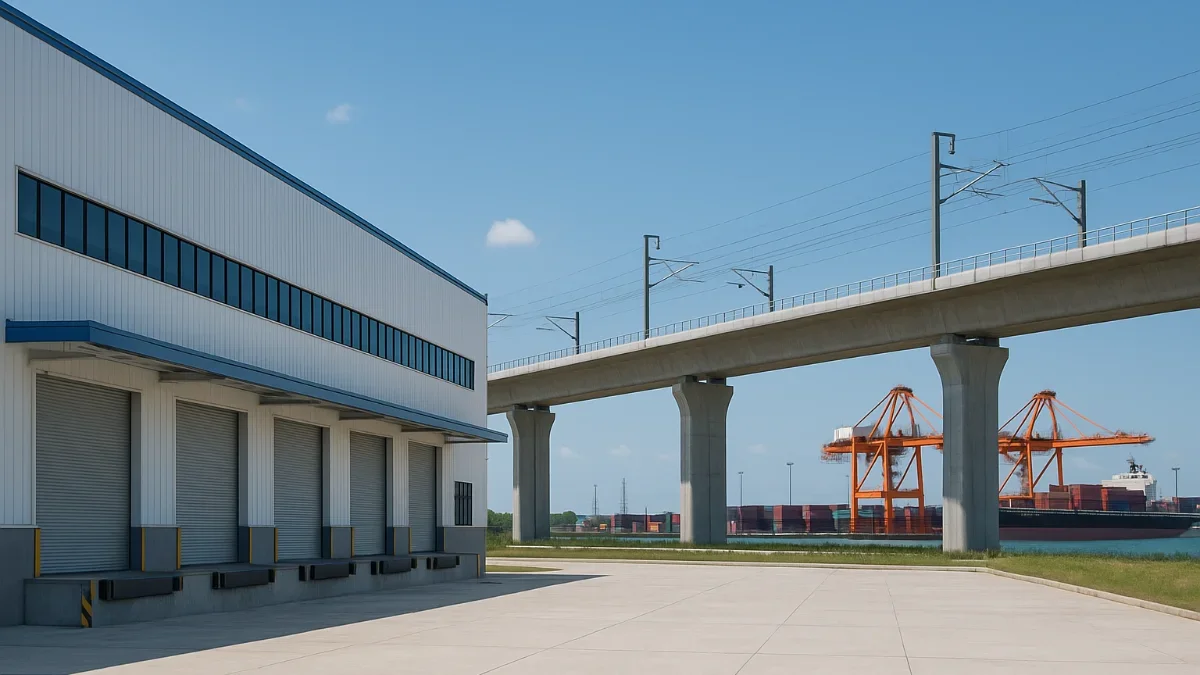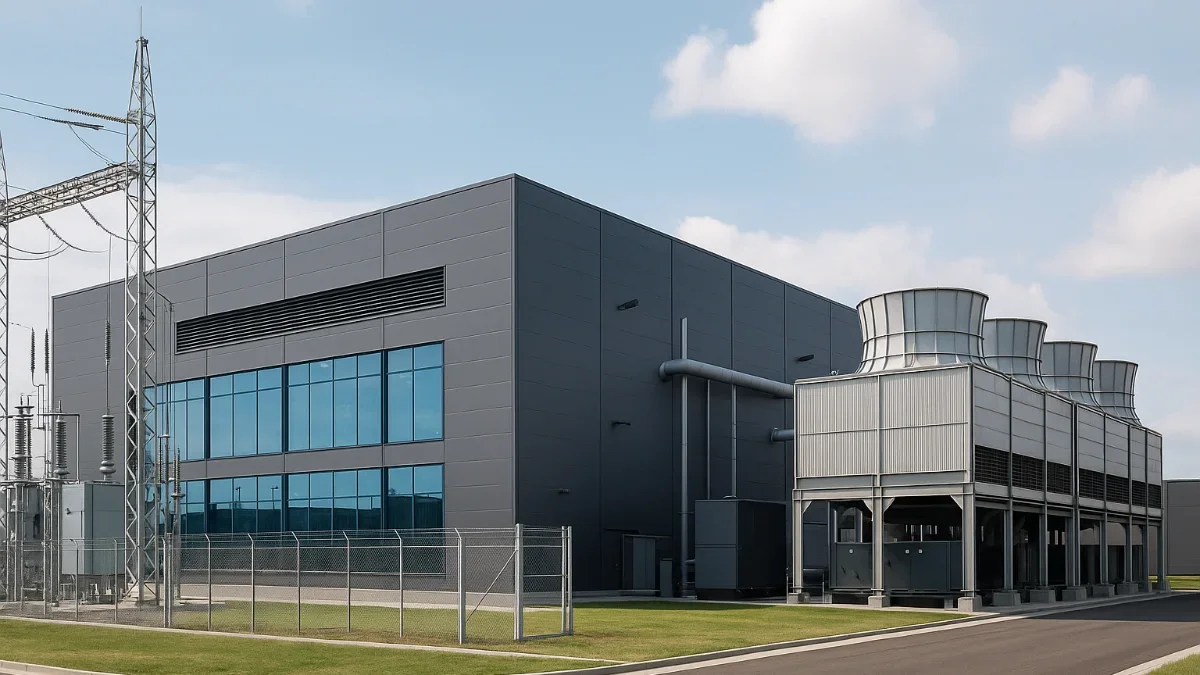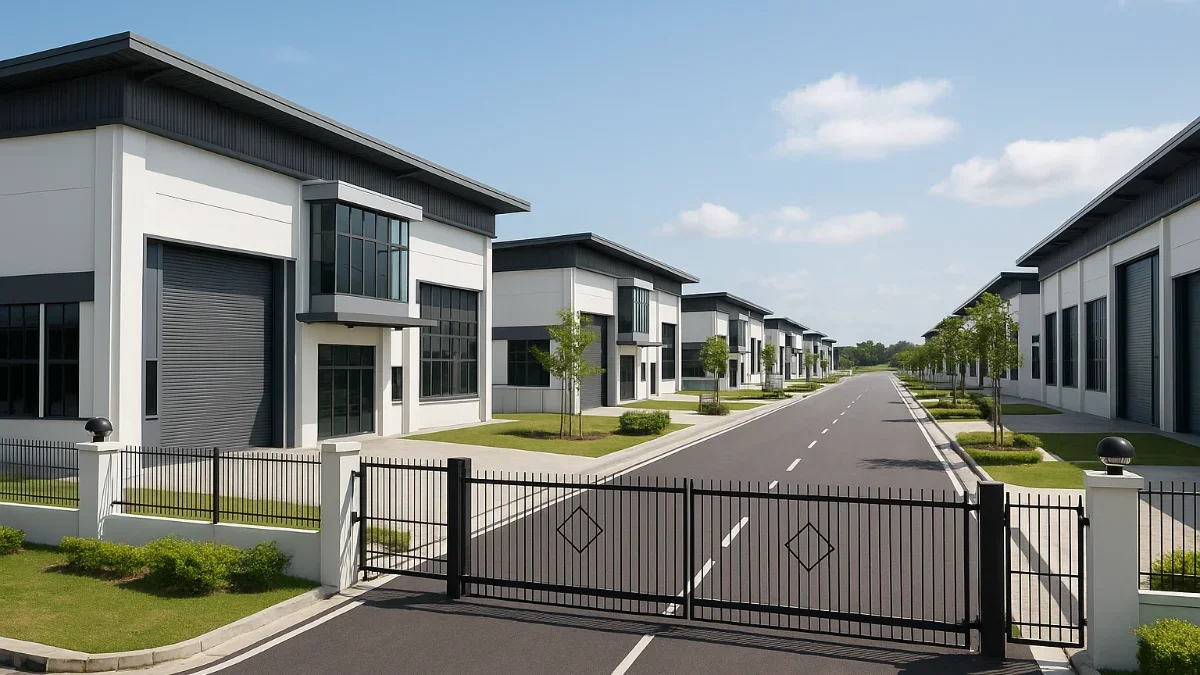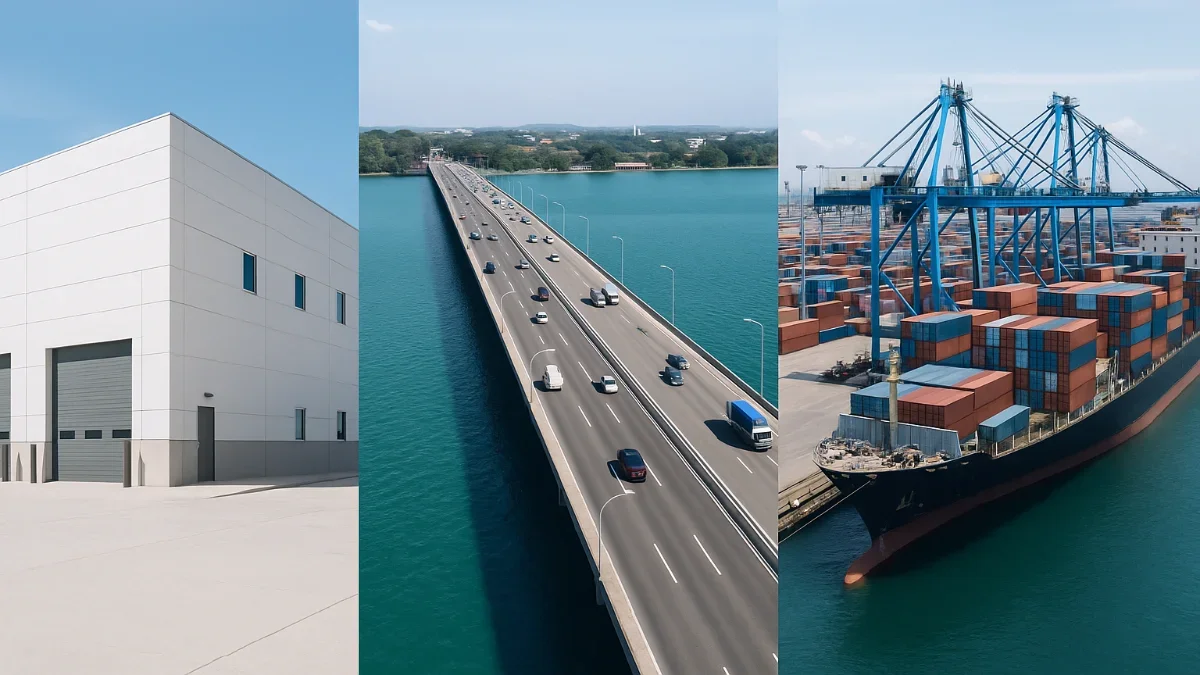What Gombak–Port Klang (Phase 2) means for Kuantan, Temerloh, and Mentakab: faster west-coast port access, lower logistics friction, and potential land value upside.
How ECRL Phase 2 Will Transform Malaysia’s East Coast Industrial Zones
Last updated: 15 August 2025. The East Coast Rail Link (ECRL) is being delivered in two stages: Phase 1 (Kota Bharu ? Gombak) targeted for operation from January 2027, and Phase 2 (Gombak ? Port Klang) slated to complete by late 2027/early 2028. Once Phase 2 opens, the line creates a full port-to-port freight corridor between Kuantan Port and Port Klang—a key catalyst for East Coast industrial zones.
Why Phase 2 Matters to the East Coast (Even though it’s on the West)
- Direct port connectivity: Phase 2 links Gombak to Port Klang, completing a continuous freight route from Kuantan Port ? Port Klang. This reduces reliance on long-haul trucking over the Titiwangsa range and unlocks two-way cargo flows.
- Higher reliability & capacity: ECRL is designed for passenger speeds up to 160 km/h and freight up to 80 km/h, with double-tracking near Port Klang to boost cargo throughput.
- Earlier opening for passengers, then cargo: Government guidance points to 2027 passenger services and 2028 cargo ramp-up, aligning with recent construction milestones (tunnel breakthroughs, >80% completion in 2025).
Area Impact Deep-Dive
Kuantan & Gambang (Paya Besar / Kuantan Port City)
What changes with Phase 2: Kuantan’s manufacturers gain a rail-based export alternative via Port Klang while retaining direct ties to Kuantan Port. The Kuantan Port City and Paya Besar stations (passenger & freight) are positioned to channel containers and bulk cargo to the west coast more efficiently. Expect logistics parks near Gambang/KotaSAS to intensify.
Who benefits: petrochemicals, halal/food processing, and automotive/electronics clusters that value time-definite deliveries and port optionality. Media coverage also flags the broader facelift potential around the Klang–Kuantan port pair once full corridor connectivity is live.
Temerloh
What changes with Phase 2: Temerloh is designated as a combined passenger & freight stop on the Mentakab–Port Klang (Section C) stretch. This positions local SMEs (furniture, agro-processing) to ship west-bound by rail and receive inbound inputs at lower landed cost.
Who benefits: Furniture and engineered-wood manufacturers in the Temerloh Industrial Area and adjacent zones; cold-chain distributors leveraging two-port access.
Mentakab
What changes with Phase 2: A planned spur line integrates Mentakab with KTM, creating interchange potential between the meter-gauge network and ECRL’s standard-gauge corridor. This enhances hinterland reach (central Pahang ? west coast ports) without full reliance on road haulage.
Who benefits: Warehousing and light manufacturing that move medium-volume, frequent shipments; build-to-suit facilities near the spur alignment.
Expected Logistics Gains
- Port-to-port resilience: Shippers can arbitrage between Kuantan Port (east) and Port Klang (west) based on sailing schedules, congestion, and rates—reducing bottleneck risk.
- Lower unit costs for inland producers: Rail’s scale economy helps SMEs in Temerloh/Mentakab compete with Klang Valley peers while accessing both coasts.
- Industrial clustering: Stations like Paya Besar (Gambang) are already planned as passenger+freight nodes, encouraging logistics parks and TOD-style industrial estates.
Land Appreciation Outlook (12–36 Months)
- Pre-opening repricing: As passenger services begin (2027) and cargo flows ramp (2028), land around Paya Besar/Kuantan Port City, Temerloh typically sees stronger inquiry and tighter yields. Look for parcels with platforming, drainage, and confirmed power to move first.
- Freight-led uplift near railheads: Expect the biggest step-up on plots within first-mile trucking distance (=5–8 km) to stations, especially where zoning allows logistics/industrial with minimal conversion premium. (Station lists confirm freight capability at KPC, Paya Besar, Maran, Temerloh, Bentong.)
- Policy tailwinds: Economic Accelerator Projects (EAPs) along the corridor and state-level promotion of mineral/agro-industrial hubs can catalyse take-up.
What to Watch (Risk & Timeline Checks)
- Construction milestones: Tunnel breakthroughs completed; project >80% in 1H 2025; track, systems and stations push toward 2026 completion.
- Operational phasing: Passenger from 2027; cargo expected from 2028; near-Port Klang section has double-track for freight throughput.
- Station finalization: Confirm exact freight handling capability and industrial access roads for your parcel (Temerloh spur/Mentakab interchange specifics).
Developer & Investor Tips
- Prioritise sites within 10–15 minutes of Paya Besar or Temerloh stations, with frontage and turning radii suitable for 40-ft containers.
- Underwrite rents using Port Klang access scenarios (Phase 2 in service) vs. current road-only models; stress-test for tariff or handling changes.
- For Mentakab, explore rail-road cross-dock concepts leveraging KTM interchange potential.
Start Your Search for Agricultural, Industrial, or Land Investment
- Explore Agricultural and Development Land for Sale
- Browse Industrial Properties in Rural Areas
- See Commercial Assets Supporting Agri-Supply Chains
Want exact comps near Paya Besar, Temerloh, or Mentakab? Share the location, size, tenure, utilities and frontage—we’ll run recent transactions and live listings to price your offer.



